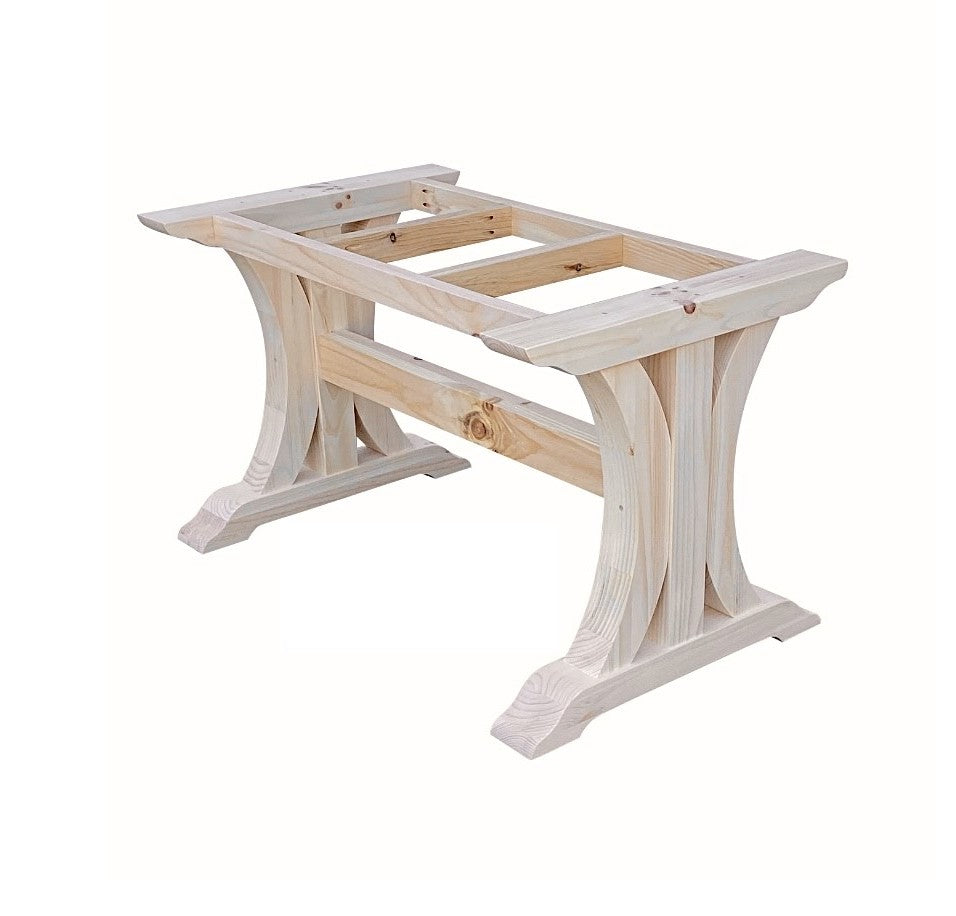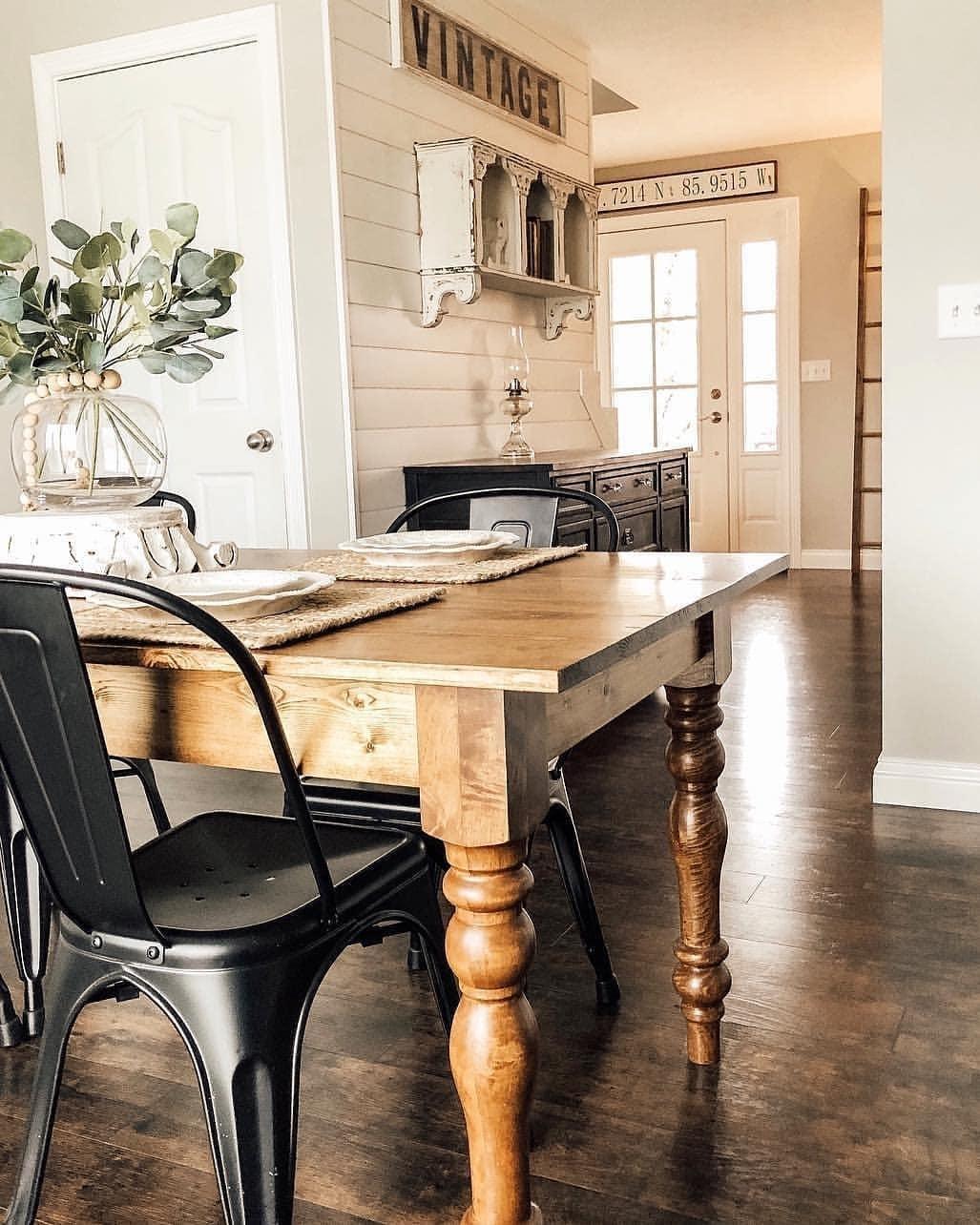Why Custom Dining Room Table Legs Are Worth the Investment
Why Custom Dining Room Table Legs Are Worth the Investment
Blog Article
How to Pick the Perfect Eating Area Table Legs for Your Home Decor
Picking the excellent dining-room table legs is a nuanced procedure that requires mindful factor to consider of numerous components, including your area restrictions, aesthetic choices, and sensible needs. The interaction in between materials, styles, and dimensions can dramatically influence the atmosphere of your eating location, making it vital to approach this decision carefully. As you consider the myriad choices readily available, it comes to be clear that the best choice prolongs beyond simple look; it can boost your overall eating experience. What aspects should you focus on to ensure your selection complements your home's special character?
Assess Your Dining Area
Analyzing your dining area is critical for selecting the right table legs that match both aesthetics and capability. Begin by gauging the measurements of your eating area, including ceiling height, flooring area, and distance to other furnishings. This information will certainly help identify the appropriate dimension and height of your eating table, which straight affects the selection of table legs.
Following, think about the style and layout of your dining room. As an example, an open-concept design might take advantage of table legs that provide visual lightness, such as slender steel or acrylic choices. On the other hand, a more traditional setup might call for durable wooden legs that provide a sense of permanence.
Examine the existing color combination and materials in your dining location. Integrating the table legs with these components develops a natural look that enhances the general design. Additionally, consider the functionality needed in your room. If you frequently organize large gatherings, consider legs that supply additional assistance and security.
Ultimately, an extensive assessment of your dining room will certainly lead you in making an informed decision, ensuring that your table legs not only enhance the visual charm however additionally offer sensible functions.
Consider Your Style Preferences
When picking eating room table legs, it is necessary to reflect on your individual style choices, as they substantially affect the total visual of your eating space. Your option of table legs can either enhance or contrast with existing design, making it important to straighten them with your recommended indoor layout motif.
If your home leans in the direction of a modern visual, think about sleek steel or minimal wood legs that provide a tidy, minimalist appearance. For an extra traditional technique, elaborate wooden legs with complex carvings can include a touch of style and sophistication. Industrial designs profit from durable, basic materials such as redeemed wood and steel combinations, showing a rugged beauty.
In addition, farmhouse and rustic designs commonly favor strong, beefy legs that evoke a sense of heat and comfort. On the other hand, if your design is eclectic, you might pick non-traditional shapes or a mix of products to create visual interest.

Evaluate Material Options
The option of material for dining space table legs plays a pivotal function in both longevity and visual allure. Common materials consist of timber, metal, and composite alternatives, each offering distinctive qualities that can influence the overall look and longevity of your table.
Timber is a traditional option, recognized for its heat and flexibility. Hardwoods like oak and walnut supply exceptional strength and can be ended up in different discolorations to match any kind of design. Nevertheless, softwoods like yearn are a lot more susceptible to dents and scrapes, making them less suitable for high-traffic locations.
Steel legs, often crafted from steel or light weight aluminum, exude modernity and industrial beauty. They are immune and very resilient to put on, making them ideal for family members with youngsters or constant gatherings (dining room table legs). Furthermore, metal can be ended up in different colors, enhancing the personalization possibilities
Composite materials, such as MDF or laminate, offer affordability and diverse layouts. While usually less resilient than solid wood or metal, they can still offer an elegant appearance and are often simple to keep.
Eventually, the material you select should align with your way of life, aesthetic preferences, and the degree of use your table will certainly experience.
Determine Elevation and Size
Selecting the ideal elevation and size for your dining-room table is essential for both functionality and comfort. The common elevation for dining tables generally ranges from 28 to 30 inches, allowing adequate legroom for a lot of people when linked here seated. It is essential to take into consideration the dimensions of your eating room and the types of chairs you plan to make use of.

Additionally, consider the percentages of your dining-room. A larger table in a roomy location can develop a grand ambiance, while a smaller sized table functions well in even more intimate setups. Eventually, the best height and size will harmonize with your overall decor and improve the eating experience for you and your guests.
Explore Personalization Opportunities

In addition, the design of the legs can be tailored to fit different styles, such as rustic, modern, or commercial. As an example, conical legs can evoke a mid-century modern-day feeling, while chunky, block-style legs may resonate with standard or farmhouse style.
Property owners can also discover shade coatings, from all-natural wood stains to repaint, allowing them to match or comparison with the table top and bordering decor.
Moreover, leg elevation can be adjusted to fit specific seating arrangements or personal preferences, improving both comfort and capability.
Lastly, special decorations, such as carvings or attractive brackets, can better individualize the table legs, making the dining experience not just a dish but a declaration item in the home. By considering these customization options, house owners can produce an eating room table that really reflects their individuality.
Conclusion
Picking the perfect dining space table legs requires careful consideration of various elements, including the dimensions of the eating space, style preferences, material resilience, and desired elevation. Personalization options better enhance the capacity to attain a cohesive visual that complements the general decoration. By systematically evaluating these aspects, homeowners can ensure that the chosen table legs not only accomplish practical demands however additionally contribute positively to the eating experience and atmosphere of the home.
Picking the excellent dining area table legs is a nuanced process that calls for careful factor to consider of various aspects, including your room constraints, visual preferences, and functional requirements.Evaluating your dining area Extra resources is vital for selecting the right table legs that complement both aesthetic appeals and capability.When determining dimension, gauge the location where the table will be positioned to ensure it fits pleasantly, permitting for at the very least 36 inches of clearance around the table for easy movement. A bigger table in Find Out More a large area can create a grand ambiance, while a smaller table functions well in more intimate setups.Picking the ideal eating area table legs calls for careful factor to consider of numerous elements, consisting of the measurements of the eating area, design preferences, product toughness, and desired height.
Report this page